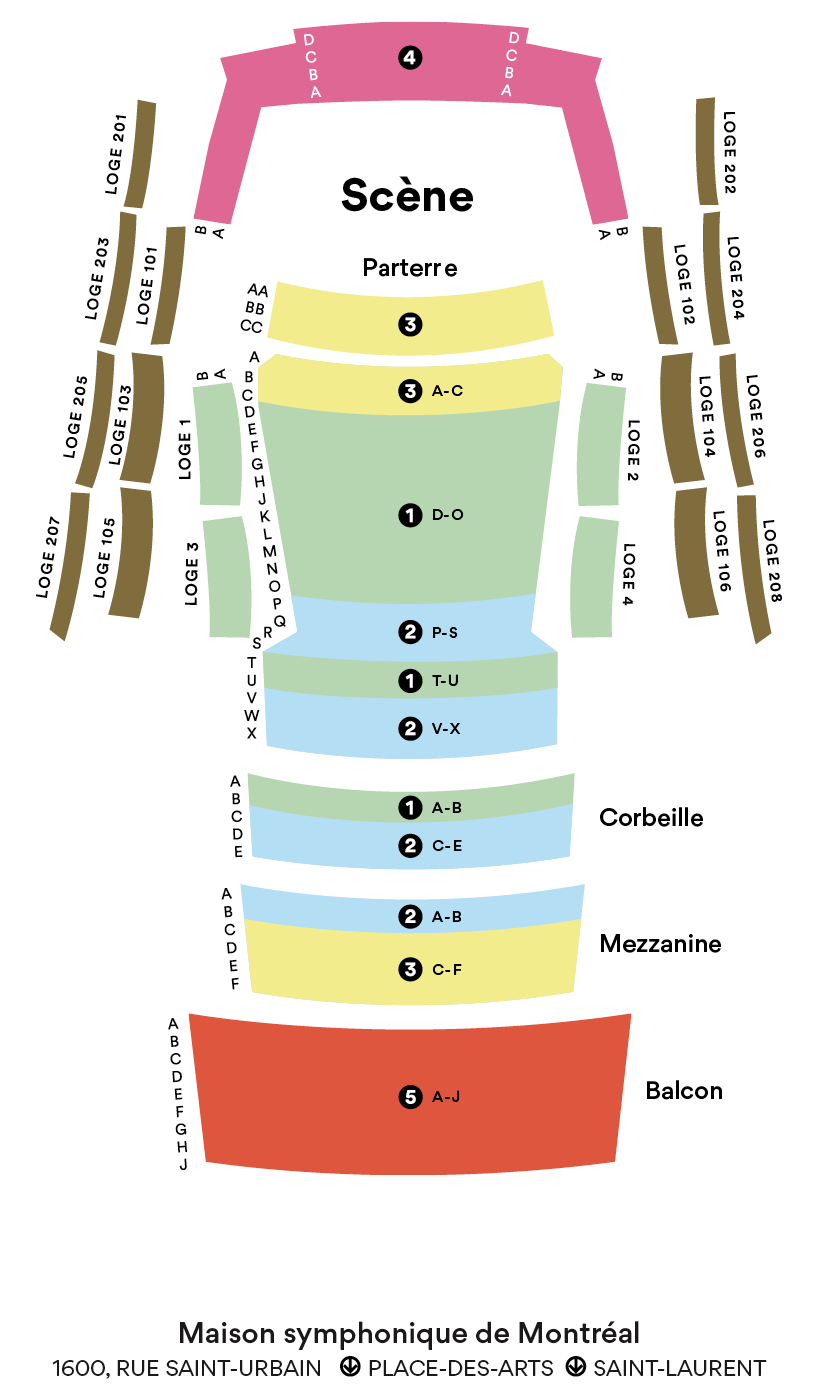Symphony No. 7 in D minor
Dvořák
1841 – 1904
In the first half of the 19th century, European musical language was dominated by German influences on instrumental music and Italian influences on opera. With the dawning of nationalism from the middle of the century on, a number of so-called “national schools” began to emerge. The Russian school with Glinka (1804-1857), the Czech school with Smetana (1824-1884), the English school with Elgar (1857-1934) and the Spanish school with Albéniz (1860-1909) brought new voices to the fore. The composers looked to their respective countries, drawing inspiration from traditional melodies and rhythms and, in some cases, actually quoting authentic folk songs in their works. They also composed expressive themes intended to stir patriotic sentiment, fervour and nostalgia. Several of their scores conjure up national landscapes and legends.
A worthy successor to Smetana, Antonín Dvořák was the most illustrious representative of the Czech national school, holding in it a position similar to Tchaikovsky’s in the Russian school. Czech and more broadly Slavic dance rhythms and melodies tinged with nostalgia abound in Dvořák’s music. He composed in nearly all the musical genres of his era, leaving, among other compositions, a dozen operas, chamber music, choral works, songs, symphonic poems, dances, folklore-inspired rhapsodies and nine symphonies.
Of these last works, the most famous is undoubtedly his Symphony No. 9 “From the New World”. Unfortunately, its immense popularity has tended to push its predecessors into the shadows. Symphonies nos. 7 and 8 nonetheless appear on concert programs around the planet on a fairly regular basis and their musical quality is in no way inferior to that of the better-known ninth. The warm-hearted Symphony No. 8 bathes in a pastoral and lyrical glow, while Symphony No. 7 stands out mainly for its powerful thrust and indomitable spirit.
Though Dvořák’s seventh symphony follows the classical four-movement model established by Haydn, its emotional heft places it closer to the spirit of a symphonic poem relating an epic legend, beginning with the first measures. The opening movement’s second theme betrays Dvořák’s huge admiration for Brahms, his mentor and defender. The following Poco adagio is surely one of the summits of the composer’s art. With its rhythm characteristic of a Czech furiant, the third movement evokes a Slavic dance. All the tension built in the first three movements creates an expectation perfectly met in the savoury and powerful finale with its contrasting episodes. Composed in four months, Dvořák’s Symphony No. 7 has enjoyed great success since its 1885 premiere.
© 2022 Claudio Ricignuolo
Translation by Craig Schweickert
